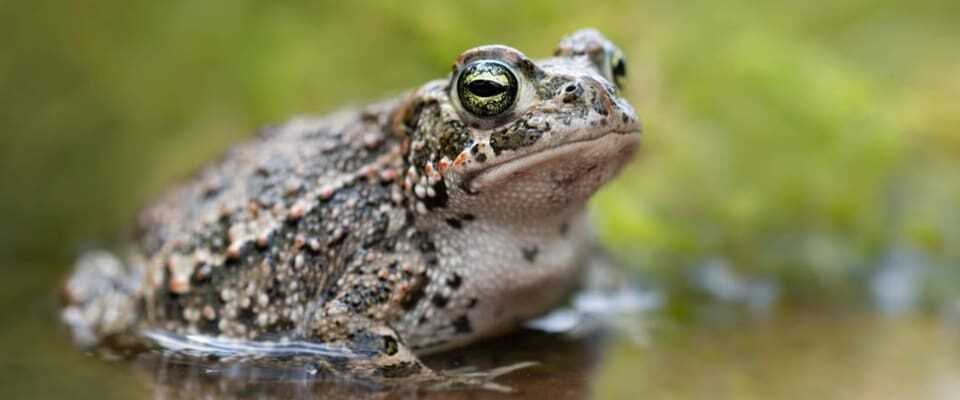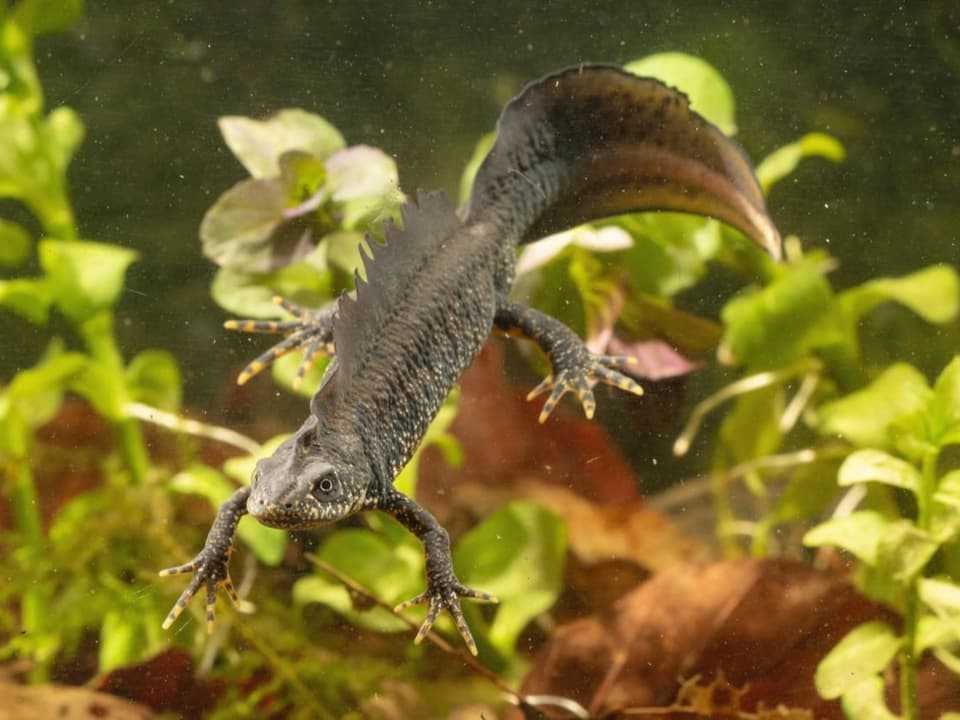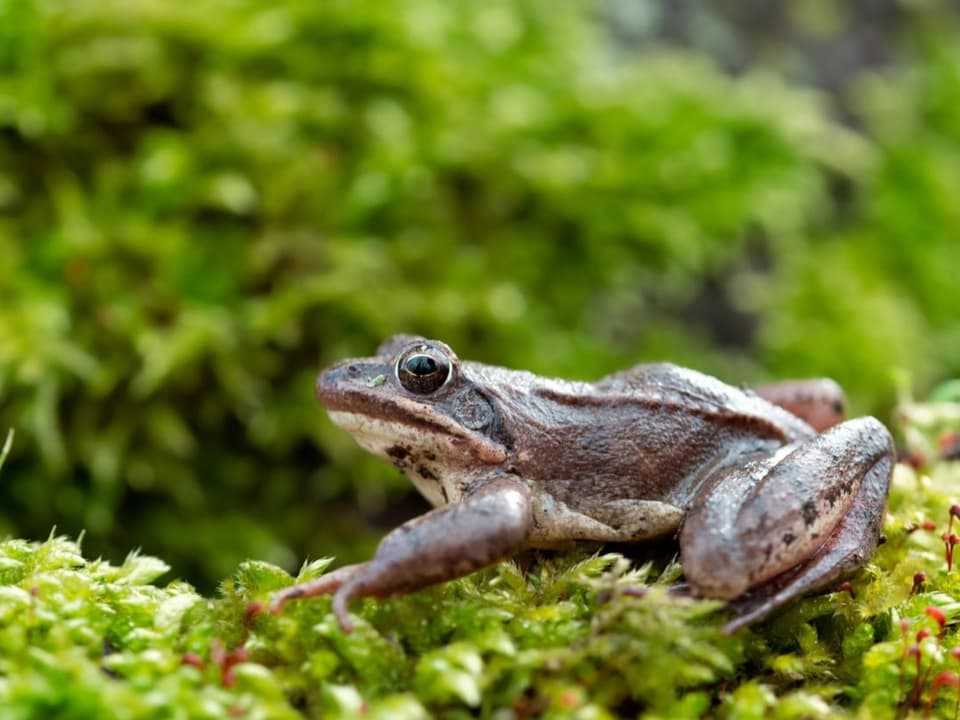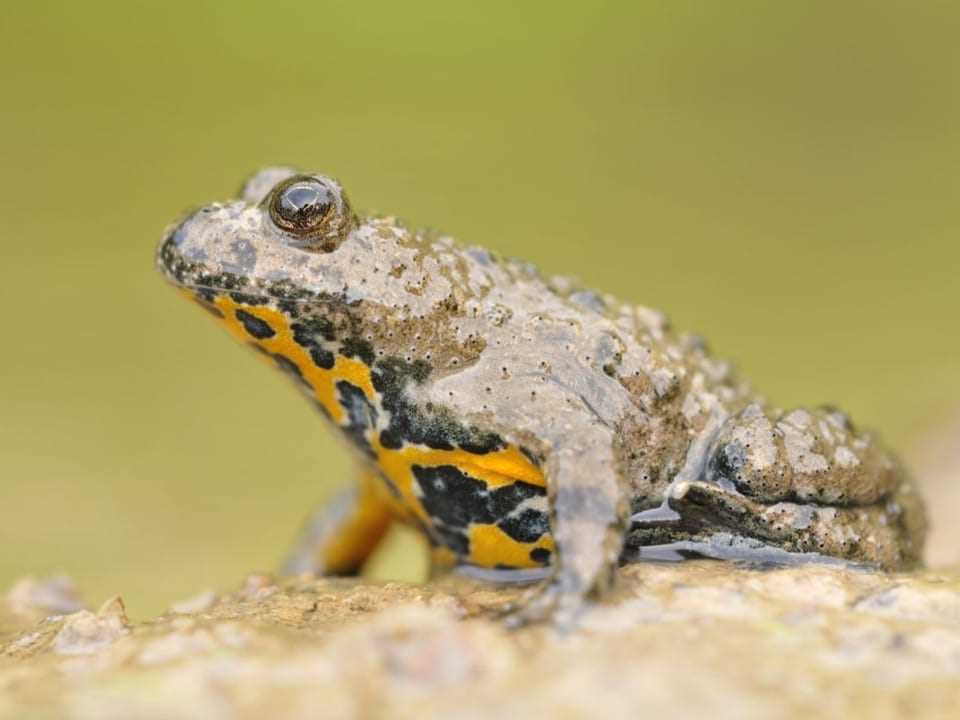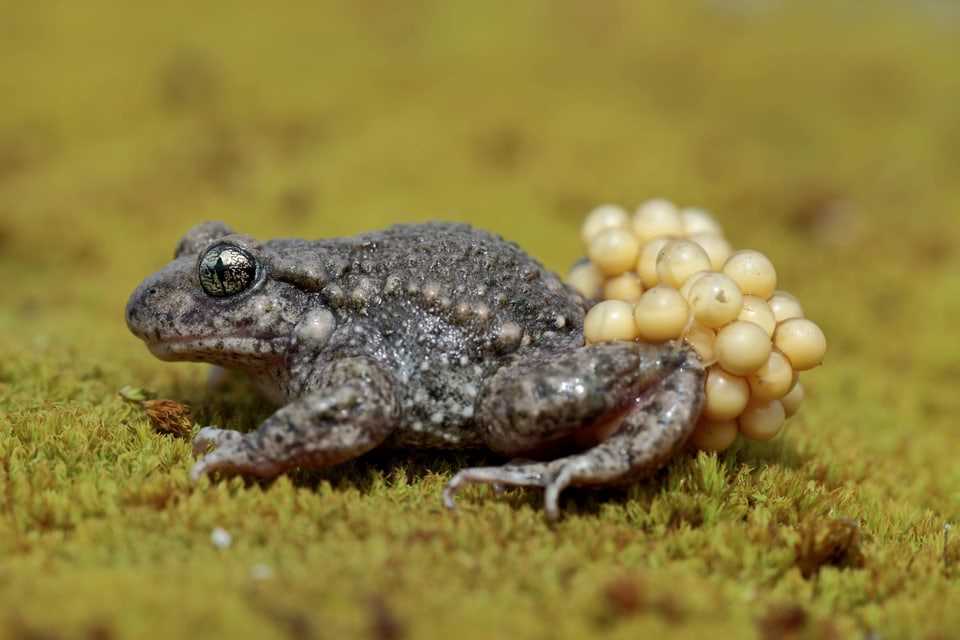contents
Frogs, toads, newts – almost all Swiss amphibians are considered endangered. But we could all help them have a better future.
They croak to wake us up at night, are anything but cuddly toys, and you only want to kiss them like a desperate prince. Why should one like frogs and co., let alone protect them? “Because they’re just great,” says biologist Sarah Althaus, beaming from ear to ear. Then she explains what is so special about the animals.
Where there are frogs, there is much more
Frogs, like newts, toads and salamanders, are amphibians. Amphibians spawn in wetlands and spend the winter in natural forests, meadows and gardens.
Scientists call species that show through their occurrence that these habitats are still intact pointer species. Typical for pointer species: where they can live, many other species also find shelter and, thanks to the frogs’ survival strategy, do not have to go hungry.
The strategy of the enormous crowd
Who hasn’t seen it – at least as a child – thousands upon thousands of tadpoles scurry about in an intact frog pond in spring. This sheer quantity is the frogs’ survival strategy. Only a few tadpoles survive, “the others are an excellent source of protein for many other animals. Especially in spring, when there are only a few other sources of food,” says Sarah Althaus.
17 out of 20 species are endangered
But the well is running dry. It is true that the great amphibian extinction of the past century could be slowed down. At that time, when Switzerland was experiencing a huge construction boom, to which numerous wetlands fell victim. And when the intensification of agriculture with increasing use of pesticides did the rest for the amphibian extinction. But even today, 17 out of 20 Swiss amphibians are on the red list of endangered species. Only the tree frog, alpine newt and alpine salamander are not endangered.
More puff for Glögglifrisch and Co.
There would be ways to save the other 17 species, such as the Glögglifrosch or the Italian Newt, by getting away from a perfectly tidy landscape. Sarah Althaus would like “more puff in Switzerland” for the animals, because where branches or leaves are left lying around, where heaps of stones pile up and cracks gape, that’s where amphibians can crawl and feel comfortable. Especially during the hibernation. Be it in the forest, in the park, on the meadow – or in the garden. Because more amphibians can also live in settlement areas than most of us think.
Deadly trap garden pond
For many, the supreme discipline of assistance is to build a pond. But caution is advised here, because many ponds become deadly traps for frogs and the like. If the aquatic plants proliferate unhindered, the water can be contaminated with deadly putrefaction gases as a result of their decomposition process. If there is still ice on the pond in winter, it becomes a deadly trap for all amphibians that spend the winter in the water.
The biggest danger in the pond are fish. These usually eat all the larvae of the amphibians and the pond is amphibian-free within a very short time.
How climate protection helps amphibians
But we also have an indirect influence on amphibians, namely through global warming. Observations by experts are showing more and more often that the warm winters and long dry periods are causing problems for the amphibians. They dry out or crawl out of hibernation too early, are surprised by the next cold snap and freeze to death, weakened.
So if we actively do something to combat global warming, we also help the frogs, newts and toads. Then the dream of amphibian specialist Sarah Althaus could also come true. If you ask her whether Frosch and Co. still have a future in Switzerland, she refers to all the efforts of volunteers and says: “Yes, I firmly believe in it.”
